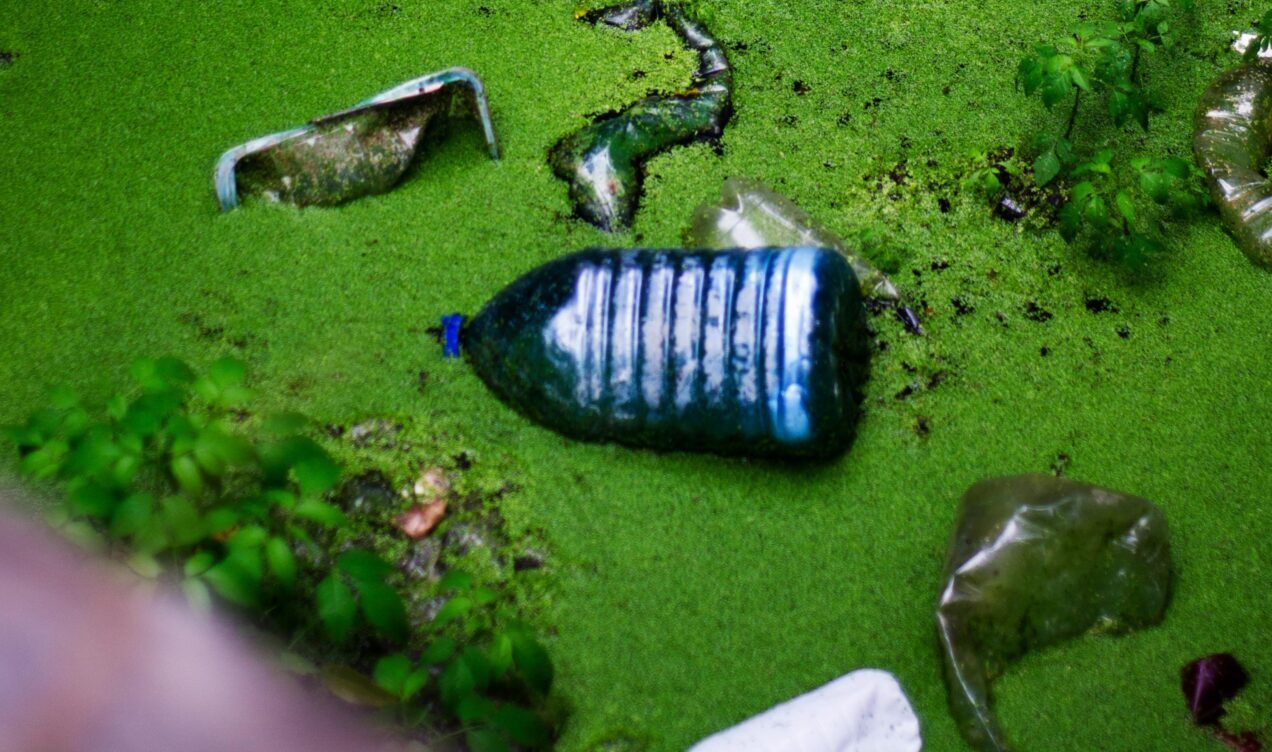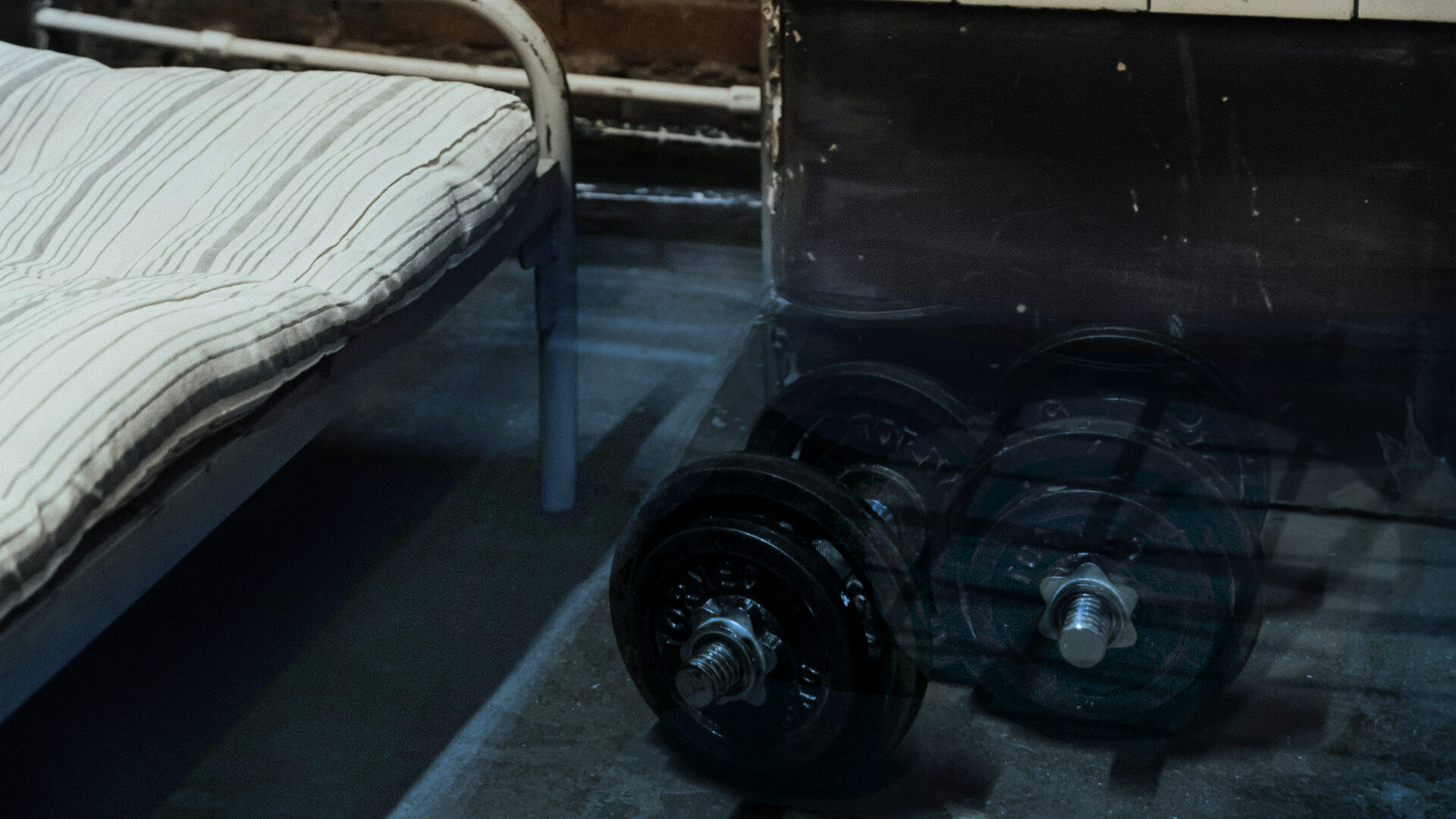
The Dangers Of Sewage Backups And How To Stay Safe
By: 911 Water Damage Experts
A sewage backup is more than just an unpleasant inconvenience; it poses significant health risks, can lead to extensive property damage, and has long-term environmental impacts. Understanding the dangers associated with sewage backups and learning how to stay safe are essential for homeowners.
This article explores the causes, hazards, and safety measures you can take to protect your home and health.
Let’s get right into it!
Sewage Backups
Sewage backups occur when wastewater is unable to exit your home through the plumbing system and instead flows back into the building. These backups are more common than many realize and can stem from various factors such as blockages, flooding, and infrastructure issues.
According to the Insurance Bureau of Canada, water damage, including sewage backups, is one of the most common claims for homeowners. Awareness of these risks can encourage proactive steps to prevent costly and dangerous incidents.
Health Risks Associated With Sewage Backups
A sewage backup introduces a host of health hazards, mainly due to the presence of bacteria, viruses, and parasites in wastewater. Exposure can lead to a variety of health issues, including gastrointestinal illnesses, respiratory infections, and skin and eye irritations. Common pathogens found in sewage include E. coli, Salmonella, and Hepatitis A, all of which can cause severe health complications if not properly managed.
Common Causes Of Sewage Backups
Sewage backups can occur for several reasons, each of which presents unique challenges:
• Blockages: A primary cause of sewage backups, blockages are often due to grease, hair, and other debris building up in pipes over time.
• Tree Roots: Tree roots can infiltrate underground pipes, causing cracks or blockages. This is especially common in older neighbourhoods with mature trees.
• Heavy Rainfall And Flooding: Storm surges and heavy rainfall can overwhelm municipal sewage systems, resulting in backups in residential areas.
• Faulty Plumbing Or Aging Infrastructure: Deteriorating pipes or outdated plumbing systems may be prone to backups, making regular inspections essential for preventing damage.
Signs Of A Sewage Backup
Recognizing the signs of a sewage backup early can prevent extensive damage. Be alert to:
• Unusual Odours: Foul smells coming from drains or in basements are often the first indicator of a sewage backup.
• Slow Drainage: If multiple drains in your home are slow, this could signal a blockage in the main sewage line.
• Gurgling Sounds: Bubbling or gurgling sounds when using water are common signs of blocked pipes or sewage issues.
• Pooling Water: Noticeable pooling in drains, sinks, or around appliances, especially in low-lying areas of your home, is a red flag.
Immediate Safety Steps During A Sewage Backup
When dealing with a sewage backup, safety is the top priority. Begin by avoiding direct contact with any contaminated water, as it contains harmful pathogens. Evacuate any affected areas if possible, and turn off the water supply to prevent further backups. Opening windows for ventilation can also help reduce the risk of airborne contaminants.
Protective Equipment And Clothing
Protective equipment is essential when dealing with a sewage backup. Recommended items include rubber gloves, masks, rubber boots, and, ideally, waterproof coveralls. Using an N95 mask or respirator provides additional protection from airborne particles and pathogens, while safety goggles can prevent exposure to your eyes.
DIY Steps To Reduce Sewage Flow
To reduce sewage flow temporarily, you can take immediate DIY actions. Shut off the main water supply and avoid using water in other areas of the home, as this will increase pressure on the plumbing system. If the sewage backup is localized, you can create a temporary barrier with towels, plastic sheeting, or buckets to contain the flow until professional help arrives.
Cleaning And Sanitizing After A Sewage Backup
After the immediate dangers are addressed, thorough cleaning and sanitization are essential to prevent further health risks. Start by discarding any porous items, such as carpets and rugs, that have been contaminated. Hard surfaces should be disinfected with a bleach solution (one part bleach to nine parts water) or other effective disinfectants. Once cleaned, dry and dehumidify the affected area to prevent mould growth.
When To Contact A Professional

While some minor sewage issues can be handled independently, larger or recurring backups require a professional. Certified sewage cleanup services have specialized equipment to remove waste safely, sanitize effectively, and address underlying plumbing issues. Always ask for certification and inquire about their experience with sewage cleanups before hiring.
Insurance And Sewage Backup Coverage
Many Canadian home insurance policies cover sewage backup, but specifics vary. Review your policy to understand your coverage and consider adding a sewage backup rider if it’s not included. In the event of a backup, document all damage with photos and keep any receipts for repair costs, as these are crucial for filing an insurance claim.
Preventing Future Sewage Backups
Prevention is the best approach to sewage backups. Consider installing a backwater valve, which is designed to prevent sewage from flowing back into your home. Additionally, proper waste disposal habits—such as avoiding flushing grease, wipes, or other non-degradable items—reduce the risk of blockages. Schedule regular plumbing inspections to catch and address any early signs of issues.
The Environmental Impact Of Sewage Backups
Sewage backups don’t just harm your home; they also have broader environmental implications. Contaminated water can seep into the ground, polluting local water sources and affecting soil quality. It can also disrupt local ecosystems and harm wildlife. In severe cases, untreated sewage reaching water bodies may lead to algae blooms and fish kills, posing long-term ecological risks.
Mould Risks And How To Address Them
Standing water from a sewage backup creates a high risk of mould, which can develop within 24-48 hours in damp environments. Mould exposure may lead to respiratory problems, allergies, and other health issues. To prevent mould, thoroughly dry the area, use a dehumidifier, and consider a professional mould remediation service if necessary.
Restoration And Repair Tips After A Sewage Backup
After sewage cleanup, you may need to restore affected areas. This could include replacing drywall, flooring, or baseboards. Consider using water-resistant materials for replacement to minimize damage from future incidents. It’s also wise to repair any damaged pipes or infrastructure, as well as to upgrade plumbing systems if needed.
FAQ
What Are The Most Common Causes Of Sewage Backups?
The most common causes of sewage backups include blockages in the main sewer line, tree root intrusion, heavy rainfall or flooding, and aging plumbing systems.
How Can I Protect My Family During A Sewage Backup?
During a sewage backup, avoid any direct contact with contaminated water, ventilate the area, and ensure family members wear protective gear if they must enter the space.
Is A Sewage Backup Covered By Insurance?
Many home insurance policies cover sewage backups, but it varies. Check your policy and consider adding a sewage backup endorsement for added protection.
What Should I Do First When I Notice A Sewage Backup?
Turn off the main water supply, avoid using water in other areas of your home, and call a professional if the backup is significant or affects multiple drains.
How Dangerous Is Exposure To Sewage Water?
Exposure to sewage water is highly dangerous due to the presence of harmful bacteria, viruses, and parasites. It can lead to gastrointestinal, respiratory, and skin infections.
Can I Clean Up A Sewage Backup Myself?
You can handle minor sewage cleanups, but larger backups or backups involving extensive damage should be managed by certified professionals for safety reasons.
How Can I Prevent Sewage Backups In The Future?
Install a backwater valve, dispose of waste properly, avoid pouring grease down drains, and have regular plumbing inspections to prevent future issues.
What Should I Wear When Cleaning Up Sewage?
Wear rubber gloves, an N95 mask, rubber boots, and waterproof clothing to minimize exposure to harmful bacteria and pathogens.
How Quickly Does Mould Grow After A Sewage Backup?
Mould can begin growing within 24 to 48 hours in moist environments, so drying and dehumidifying the area as quickly as possible is essential.
How Do Sewage Backups Affect The Environment?
Sewage backups can contaminate local water sources, harm wildlife, and disrupt ecosystems, leading to long-term environmental impacts.
Conclusion
Sewage backups are hazardous events that require immediate attention and careful management. Taking the proper steps, including protective measures, cleaning protocols, and preventive practices, can reduce health risks and property damage.
Regular maintenance and a proactive approach to your home’s plumbing can keep you prepared and help prevent sewage backups from becoming a recurring problem. By prioritizing prevention and safety, you can protect both your home and your health.
If you have any questions about our article “The Dangers Of Sewage Backups And How To Stay Safe” or need fire damage restoration services contact us at 1-833-WE-DRY-IT or connect with us on social media.

